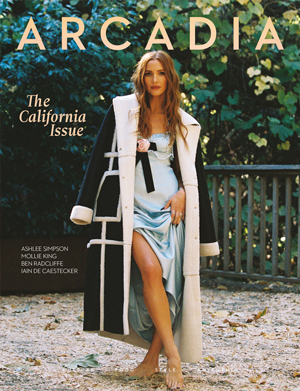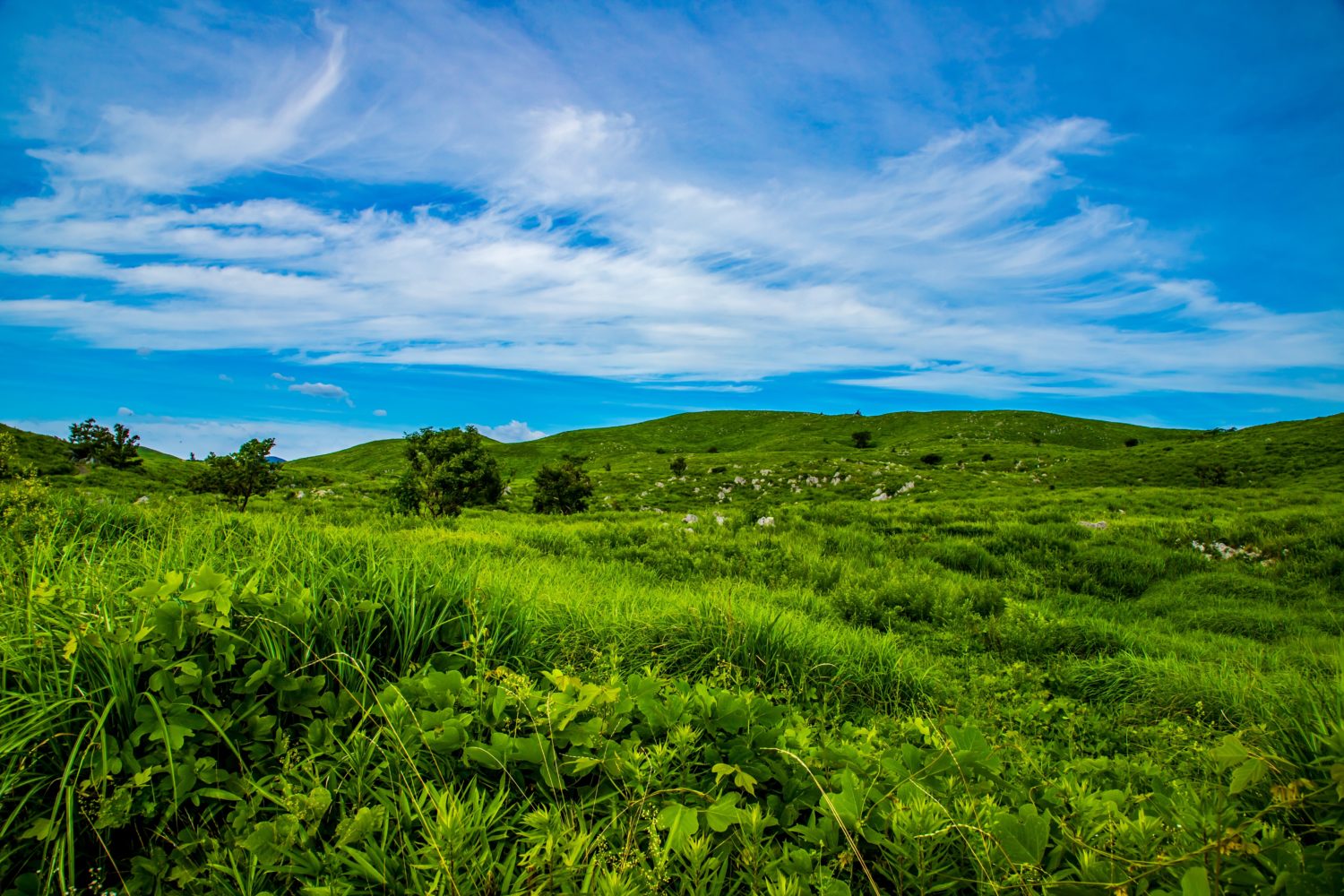
Found in the southwestern corner of Honshu, Japan, Yamaguchi is a region where soaring mountains carve into an eternal sky and rivers weave intricate patterns through valleys. Every experience feels like a gift, from the warm greetings from the locals to the way the ocean breeze carries the scent of salt and pine.
Affectionately referred to as the “Kyoto of the West,” Yamaguchi City carries a noble air reminiscent of Japan’s imperial past. At its heart stands Ruriko-ji Temple, a stunning five-story pagoda that was built in 1442. It is a national treasure, one of the most beautiful of its kind. Nearby, Joei-ji Temple and its Zen rock garden invite quiet contemplation, while the city’s streets whisper stories of samurai, monks, and poets who once walked them.
Further north, Hagi, a glorious former castle town, preserves a living history of Japan’s feudal era. It was here that many of Japan’s Meiji-era revolutionaries, including influential figures in the modernisation of the country, were born and educated.
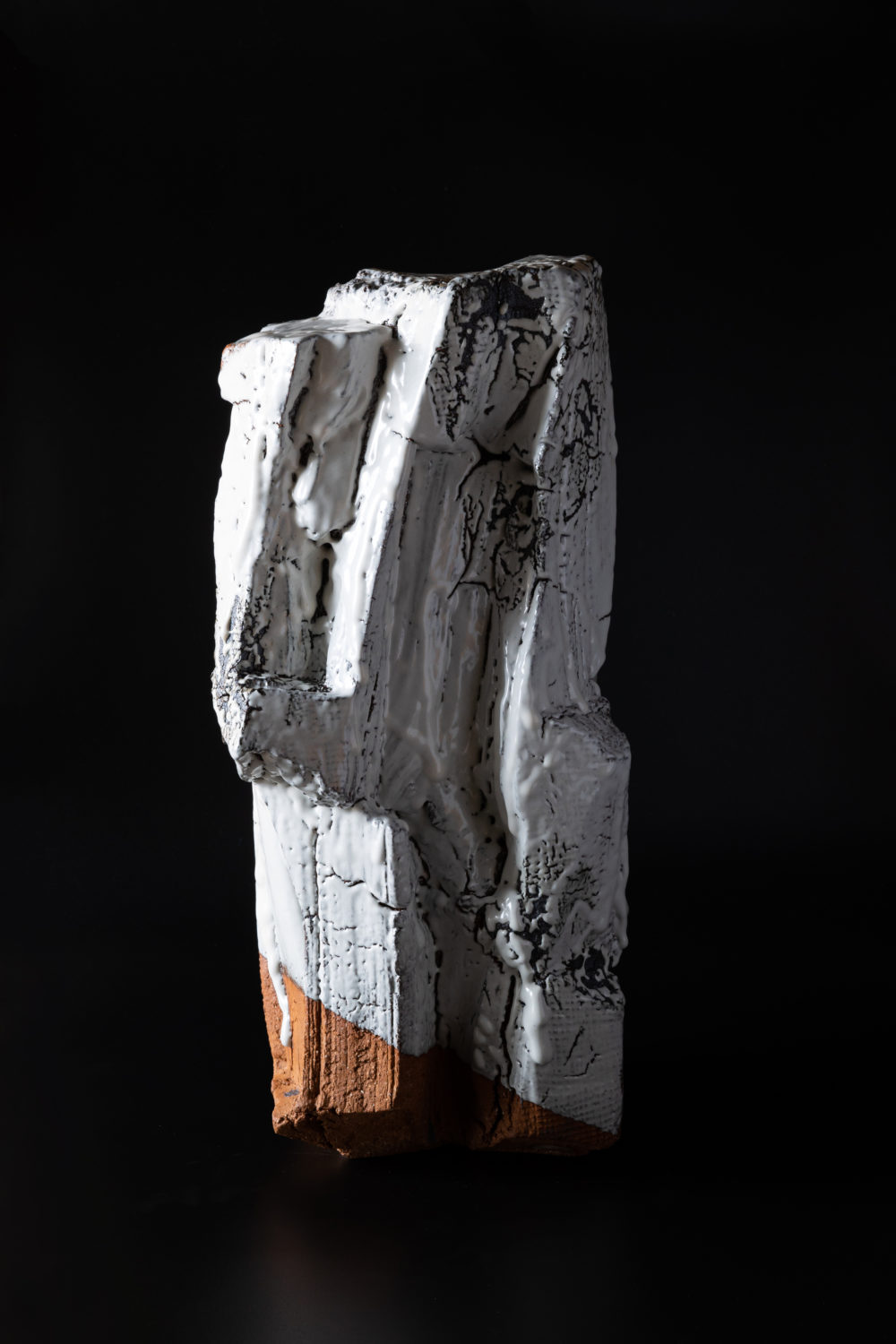
The Artistry of Hagi Pottery
Yamaguchi is home to the masters of Hagi pottery. Their kilns have burned for centuries, passing down secrets through up to 16 generations. The Miwa family, whose incredible lineage stretches back to 1663, continues to craft ceramic pieces from their historic home, a breathtaking sanctuary of artistry and heritage. Their pottery, with its ethereal glazes in hues of pale pink, and ivory, holds within it the warmth of human touch. Over time, each cup, each bowl, absorbs the essence of its owner, deepening in richness like a living thing. To hold a piece of their art in your hands and feel like the weight of generations of passion, expertise and commitment is truly an honour.
Fusoan Miwa Gama is one of the former official kilns of the Hagi clan and among the most prestigious in Hagi ware. The kiln has played a vital role in preserving and evolving this craft, known for its soft, porous clay and delicate, crackled glazes. The Miwa family has produced generations of master potters, with the 10th generation Kyusetsu (Kyuwa) and the 11th generation Kyusetsu (Jusetsu), recognised as Living National Treasures. Their contributions have elevated Hagi pottery’s visibility all over the world, with collections displayed in The National Museum of Modern Art in Tokyo, LACMA in Los Angeles and the Boston Museum. Hagi ware also lives on for future generations through contemporary artists such as the innovative Tsukasa Kaneko. This avant-garde artist works from his sun-drenched studio in Hagi City and produces stunning ceramics, often featuring his signature mushroom motifs.
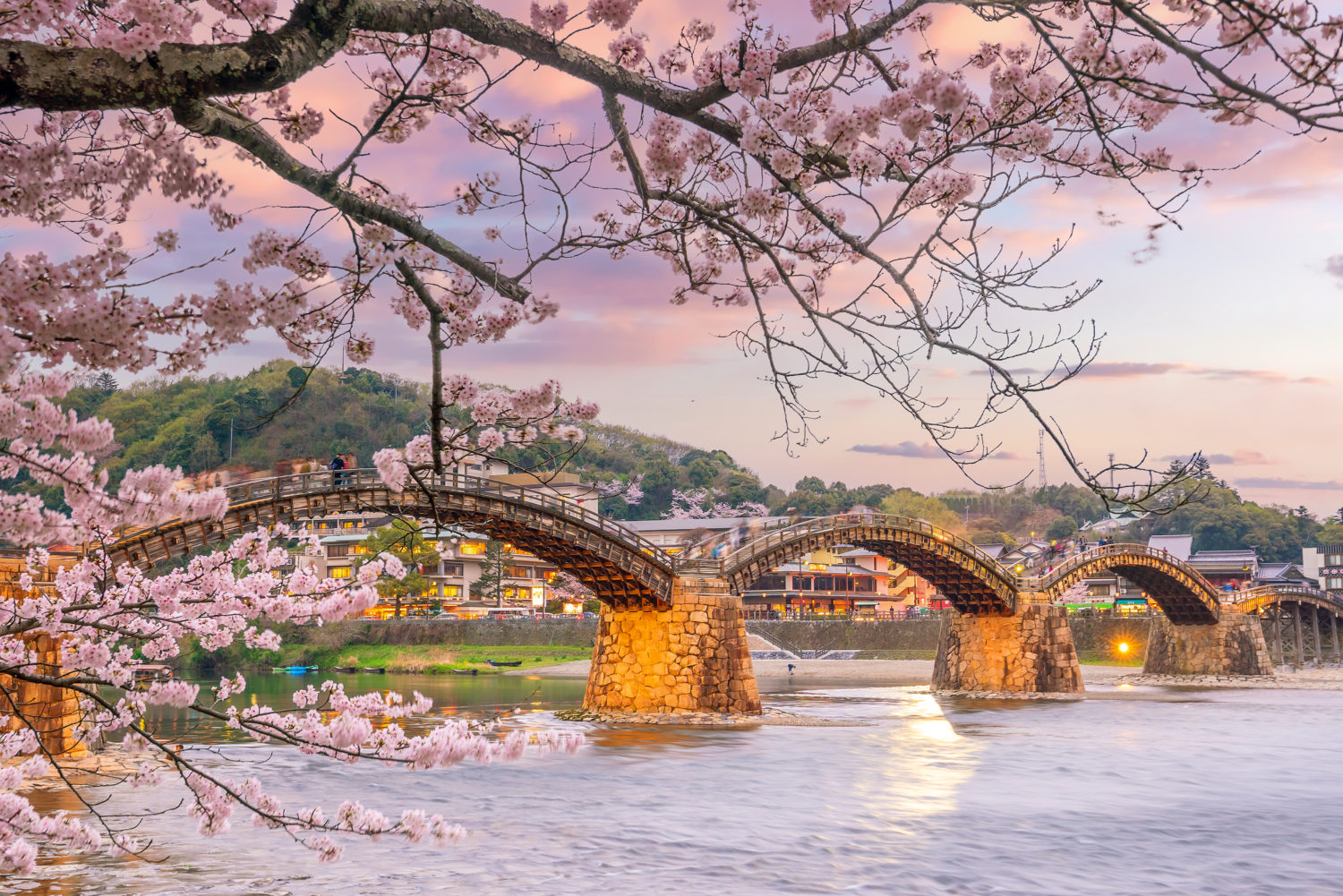
A Land Shaped by History
Transformation and resilience are themes in The Ogori Cultural Museum and Jippotei Ishinkan, you can trace the moment Japan first encountered the looming presence of Western fleets. When American and British ships sailed into these waters, they brought more than the threat of invasion—they ushered in an era of reckoning. The sight of the iron-clad vessels stirred a deep unease, yet also ignited a hunger for knowledge and reinvention.
No story embodies this transformation more than that of the iconic Chōshū Five. Japan is considered to be one of the most impressive countries in the world for entrepreneurship, technological advancement and cultural influence, the Chōshū Five’s role was integral in this.
Defying restrictions, these visionary samurai left their homeland in secret, journeying to the United Kingdom in the 1860s. They absorbed knowledge on Western techniques and when they returned, they became the architects of Japan’s Meiji Industrial Revolution.
Their legacies are etched into Japan’s modern identity: Ito Hirobumi, the nation’s first prime minister, laid the groundwork for its governance; Inoue Kaoru established the Japanese Mint; Endo Kinsuke meticulously crafted Japan’s currency; Inoue Masaru laid the tracks of the first railways; and Yamao Yōzō fueled the fires of industrialisation. They had vowed to become “living machines” for the future of Japan, they kept their promise.
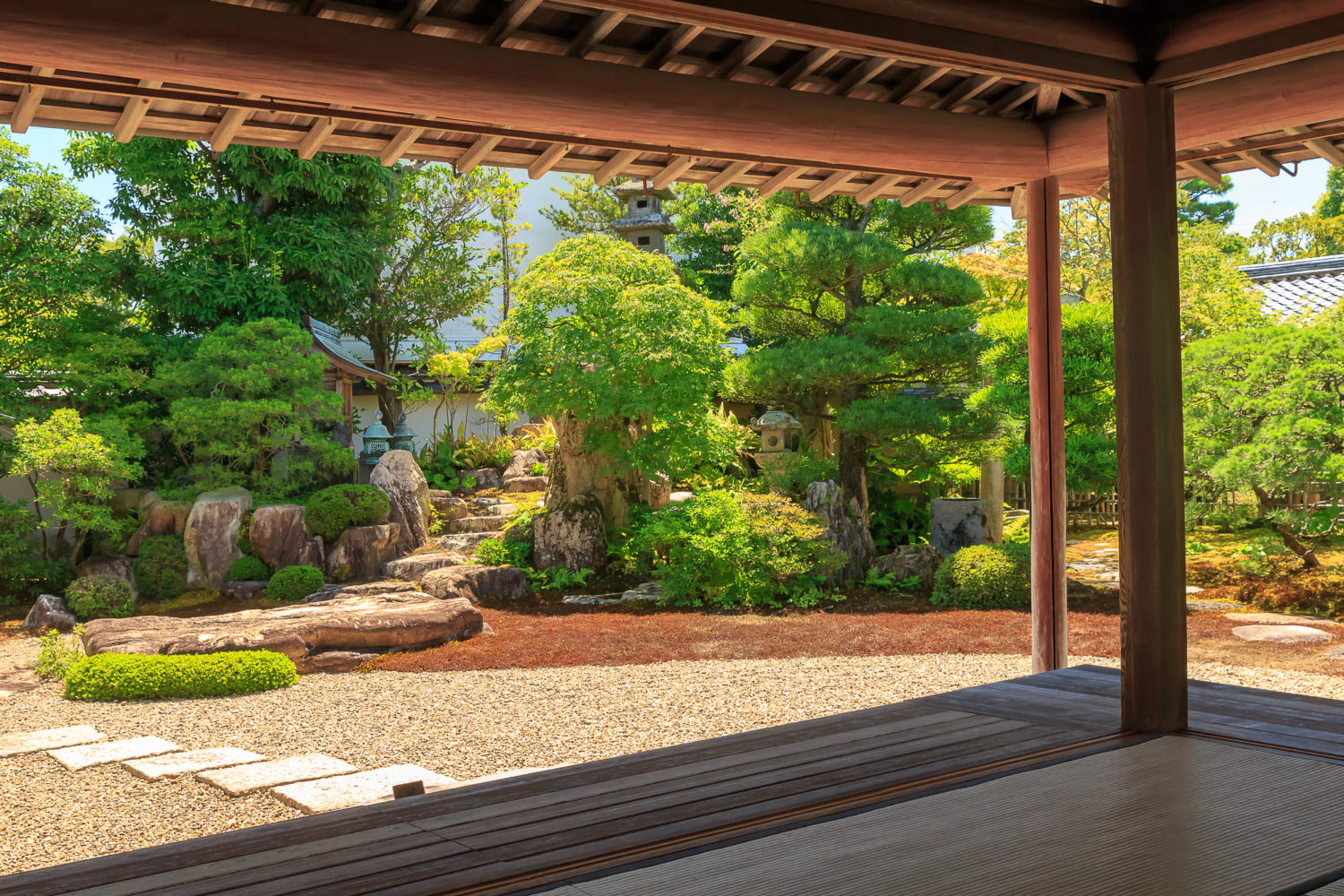
A Ride Through Time: Exploring Yamaguchi by Bicycle
Rent a bicycle or tricycle powered by COGICOGI and explore the UNESCO-listed Hagi area. It is a living museum, history lingers in the air, woven into the narrow streets lined with samurai residences. Step back in time to the early 17th century at the beautifully preserved Kikuya Residence, one of the oldest surviving examples of merchant architecture from the Edo Period. The former residence of Kido Takayoshi, a key figure in the Meiji Restoration, also stands as a testament to the power, influence and innovation that flourished in these streets. Antique shops brim with treasures—delicate lacquerware, timeworn scrolls, and bowls that once graced the tables of feudal lords.
As you ride, butterflies seem to accompany you on the bicycle journey, fluttering in delicate shades of white, powder blue, saffron yellow and burnt orange. They dance in the golden sunlight, their wings catching the light like fragments of stained glass.
Stop by the historic Hagi Station and take in its striking Meiji-era architecture. Inside, a museum showcases fascinating artifacts, vintage photographs, and old railway equipment. Admire the whimsical old-world elegance of a bygone era of Japanese travel.
Charming cafés offer quiet respite, their courtyards adorned with maple trees and bamboo, the scent of matcha mingling with the crisp mountain air. A sip of extraordinary premium sake brewed from the region’s pure waters carries the taste of tradition at Ohmine Shuzo, who are on a mission to introduce their unforgettable sake to the world.
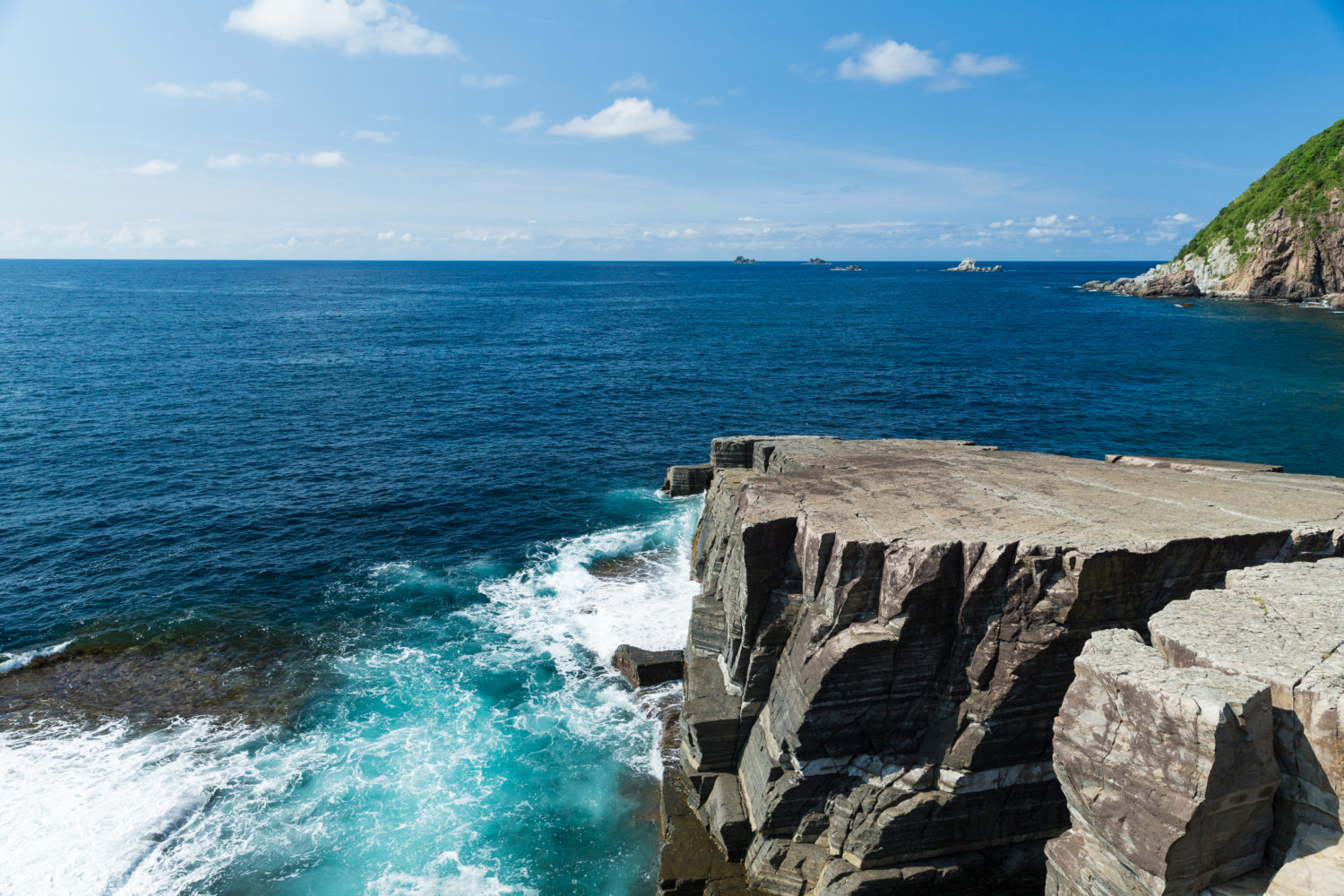
The Serenity of Nature
Yamaguchi boasts beautiful beaches, golden sands melt into the crystalline waters of the Seto Inland Sea. The seashells glisten like precious gemstones—some pearlescent like moonlight, others blush in hues of rose quartz, amethyst, and ruby, holding the mysteries of the deep within their spirals and curves.
The waves at Susa Hornfels roll in with a gentle hush. The Hornfels formed through the metamorphism of alternating layers of sandstone and shale, hardened by magma’s heat 15 million years ago. Along the Hagi coast, nature has crafted a rare masterpiece, an unparalleled mass of Hornfels found nowhere else in Japan.
Further inland, temples rise like ancient sentinels. Explore the beautiful former residence of the Mouri Clan, a nationally designated scenic spot. It unfolds like a dream—carefully manicured landscapes where koi glide through tranquil ponds and cherry blossoms scatter petals like confetti in the breeze. The air is heavy with the scent of wisteria, incense, and cedarwood.
Kintaikyo Bridge is one of Japan’s most iconic bridges, renowned for its elegant, five-arched design, it offers a mesmerising front row seat to Yamaguchi’s spectacular seasonal scenery. From springs, delicate cherry blossoms, summers fireworks reflected on the water to Autumn transforming the Shiroyama forest into a vibrant tapestry of red and gold, and winters serene snow that blankets the bridge.
Akiyoshi-do: Japan’s Majestic Underground Limestone Cave
Yamaguchi is blessed with many natural wonders, including Akiyoshi-do, one of Japan’s largest limestone caves. They feel like another realm, it stretches over 11.2 kilometers 100 metres beneath the Akiyoshidai Quasi-National Park in Mine City. There are breathtaking vast chambers, intricate rock formations, and an underground river.
Recognised for its geological significance and stunning beauty, Akiyoshi-do has been designated as a Special Natural Monument of Japan. Explore a well-lit, accessible portion of the cave, marvel at its towering stalactites that have stood proudly for around 350 million years.
Karstar serves as the information hub overlooking the stunning Akiyoshidai Plateau. Learn about the plateau’s history, discover recommended walking trails, and rent bicycles or COMS (single-seater electric cars). The centre also features a resting area, a café, complimentary Wi-Fi, and charging stations.
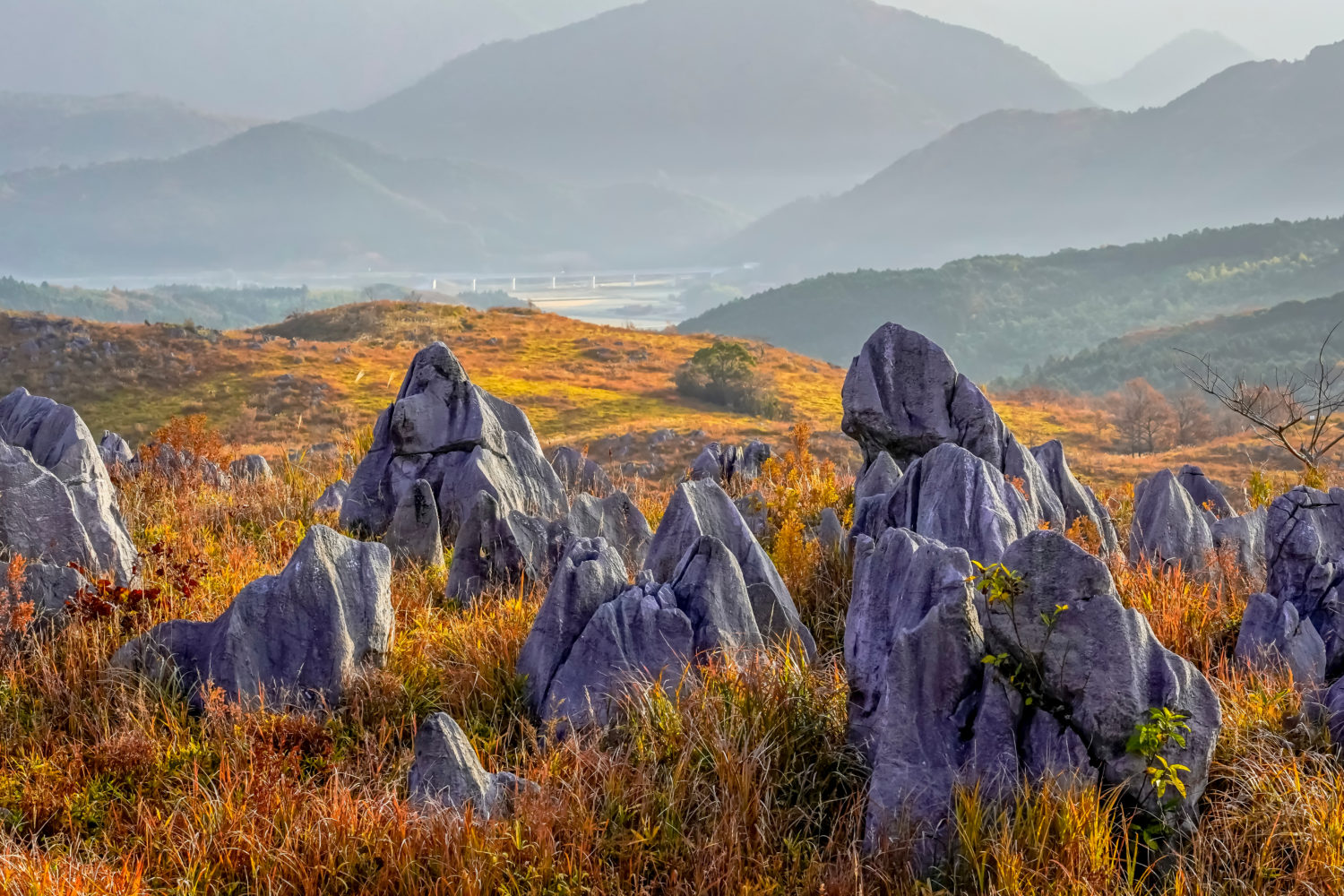
Karato Market: A Seafood Lover’s Paradise in Shimonoseki
Located in Shimonoseki, this is a vibrant hub for fresh seafood, attracting those eager to sample Kanmon’s renowned delicacies. Just a short walk away, Kamon Wharf, situated next to Karato Market in the Kaikyokan area, offers a lively seaside shopping and dining experience. This waterfront mall is lined with restaurants and souvenir shops that specialise in Yamaguchi’s famous seafood, including fugu (pufferfish), a local delicacy. Enjoy fresh sushi and sashimi whilst taking in picturesque views of the Kanmon Strait.
Stay at Matsudaya Hotel: Steeped in 300 Years of History and Meiji Restoration Legacy
Matsudaya Hotel, a historic gem with a legacy that spans over 300 years, stands as a testament to Japan’s rich cultural heritage and historical significance. This majestic hotel is famed for its stunning garden, a place of profound historical importance.
During the turbulent years of the Meiji Restoration, this very garden became a gathering spot for the patriots and revolutionaries who played pivotal roles in Japan’s transformation from a feudal society to a modernised nation.
The garden itself is a beautiful landscape, carefully designed to evoke peace and reflection, with lush greenery, serene ponds, and traditional Japanese features that have witnessed centuries of change.
Staying at Matsudaya Hotel allows you to be transported into Japan’s storied past, gain a deeper understanding of Japan’s heritage and connect with the spirit of resilience and progress that defined the Meiji Restoration.
Despite its wealth of history, culture, and natural beauty, Yamaguchi remains Japan’s best kept secret. It enchants you with a feeling that lingers long after you leave. It nourishes the soul, slows the mind, and fills the heart with a profound sense of wonder. It is a place where history is not merely remembered, but felt, where art is not merely observed, but lived.







